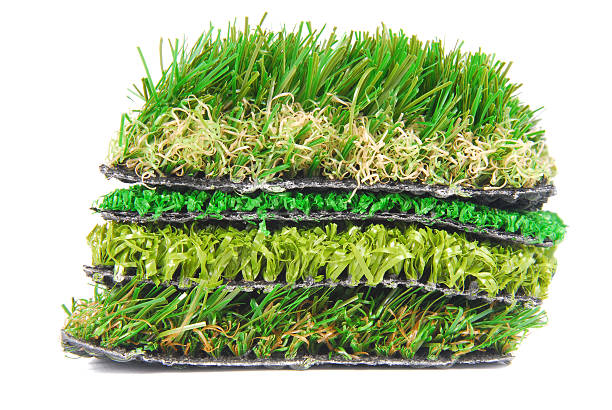Artificial grass offers a low-maintenance, green solution for landscaping, sports fields, and more. Proper installation is crucial for achieving a long-lasting and aesthetically pleasing result. In this comprehensive guide, we'll walk you through each step of the artificial grass installation process, from preparation to completion.
Preparing the Surface
Before laying artificial grass, it's essential to prepare the surface properly: Clear the area of any debris, rocks, or vegetation. Use a weed killer or herbicide to eliminate existing weeds and prevent future growth. Level the surface and remove any bumps or dips using a rake or shovel.
Installing Weed Barrier
To prevent weed growth and ensure a smooth surface for the artificial grass, install a weed barrier or geotextile fabric: Lay the weed barrier over the prepared surface, overlapping the edges by a few inches. Secure the weed barrier in place using landscaping stakes or nails.
Laying the Base Material

Next, create a stable foundation for the artificial grass by laying down a base material: Spread a layer of crushed rock or decomposed granite evenly over the weed barrier. Use a plate compactor to compact the base material, ensuring a firm and level surface.
Rolling Out the Artificial Grass
Now it's time to roll out the artificial grass and position it correctly Roll out the artificial grass over the prepared surface, taking care to align the edges and minimize wrinkles or folds. Trim any excess grass using a sharp utility knife, leaving a small gap between the grass and any surrounding features.
Joining Seams
If your installation requires multiple pieces of artificial grass, join the seams securely:Use seam tape and adhesive to bond the edges of the grass together.Apply the adhesive evenly along the seam and press the edges firmly together.
Adding Infill Material
Infill material helps support the artificial grass fibers and improve performance: Spread the infill material evenly over the surface of the artificial grass.Use a power broom or stiff-bristled brush to work the infill into the grass fibers.
Watering the Artificial Grass
After installation, water the artificial grass to help settle the infill and ensure a natural appearance. Use a hose or sprinkler system to evenly distribute water over the surface of the grass. Avoid overwatering, as excessive moisture can lead to compaction and drainage issues.
By following these detailed steps, you can achieve a professional-quality installation of artificial grass that will enhance any outdoor space. Proper preparation, careful installation techniques, and regular maintenance are key to ensuring the longevity and beauty of your artificial grass lawn.


Share:
Is artificial grass environmentally friendly
The importance of blade shapes in artificial grass.